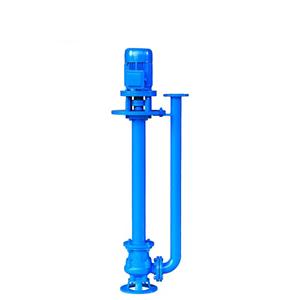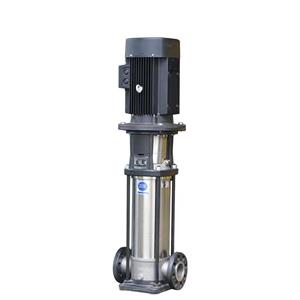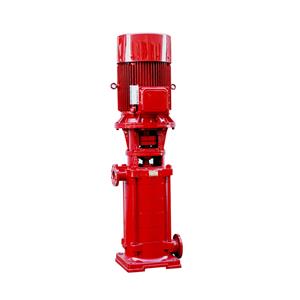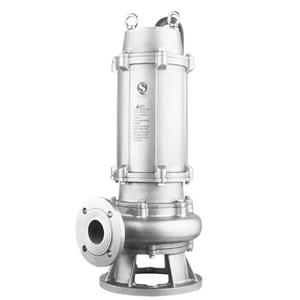Submersible Sewage Pumps vs. Other Pump Types: The Clear Edge of Submersibles
Submersible Sewage Pumps vs. Other Pump Types: The Clear Edge of Submersibles
When it comes to pumping sewage and wastewater, there is a diverse range of pump types available in the market. However, submersible sewage pumps stand out due to a combination of unique advantages that set them apart from their counterparts.
One of the most notable differences lies in the installation process. Centrifugal pumps, for example, are often installed above - ground and require a priming process to initiate pumping. This can be a time - consuming and intricate procedure, especially in situations where the pump needs to be primed frequently. In contrast, submersible sewage pumps are installed directly in the liquid they are designed to pump. They eliminate the need for priming as the liquid is already in contact with the impeller, simplifying the start - up process and reducing the risk of human error.
Another point of comparison is in their ability to handle solids. Diaphragm pumps, while effective in some applications, may encounter difficulties when dealing with large or abrasive solids. Submersible sewage pumps, on the other hand, are specifically engineered to handle a wide variety of solid particles. Their impeller and casing designs are optimized to allow the passage of solids, which is crucial in sewage and wastewater applications where rags, debris, and other solids are commonly present. This ability to handle solids without clogging makes submersible pumps more reliable in such environments.
In terms of energy efficiency, submersible pumps have a distinct edge. Since they are submerged in the liquid, they do not have to contend with air resistance, which is a factor for above - ground pumps. This reduces the energy required to move the liquid, resulting in lower power consumption. Additionally, their compact design allows for installation closer to the source of the wastewater, minimizing the length of pipelines and further reducing energy losses due to friction.
Noise pollution is also a significant differentiator. Jet pumps, which are used in some water - supply and wastewater applications, can be quite noisy during operation. Submersible sewage pumps, being submerged, generate significantly less noise. The liquid surrounding the pump acts as a natural sound - dampening medium, making them a more suitable choice for applications in residential areas or in facilities where noise control is of utmost importance.
Finally, the maintenance requirements of submersible pumps are generally lower compared to some other types. Their sealed motor design provides protection against the harsh environment of sewage and wastewater, reducing the risk of corrosion and mechanical failures. This, combined with their ability to handle solids without frequent clogging, means that submersible pumps require less frequent maintenance and servicing, resulting in lower overall operating costs.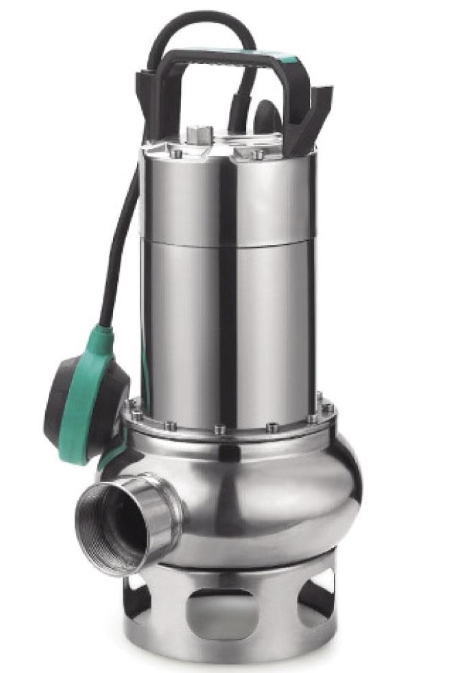

Get the latest price? We'll respond as soon as possible(within 12 hours)
more products
News
Featured Products
Contact Details

